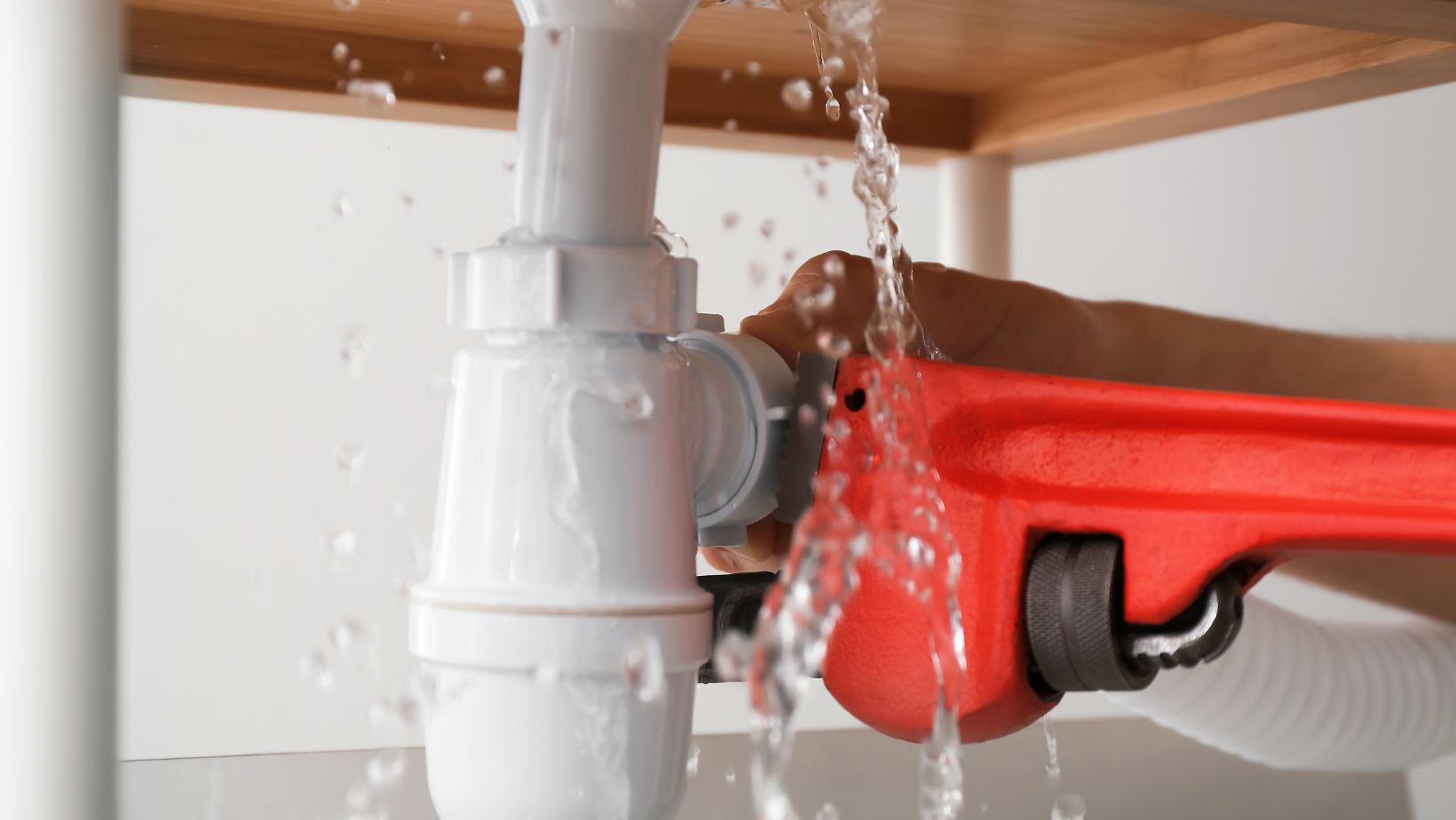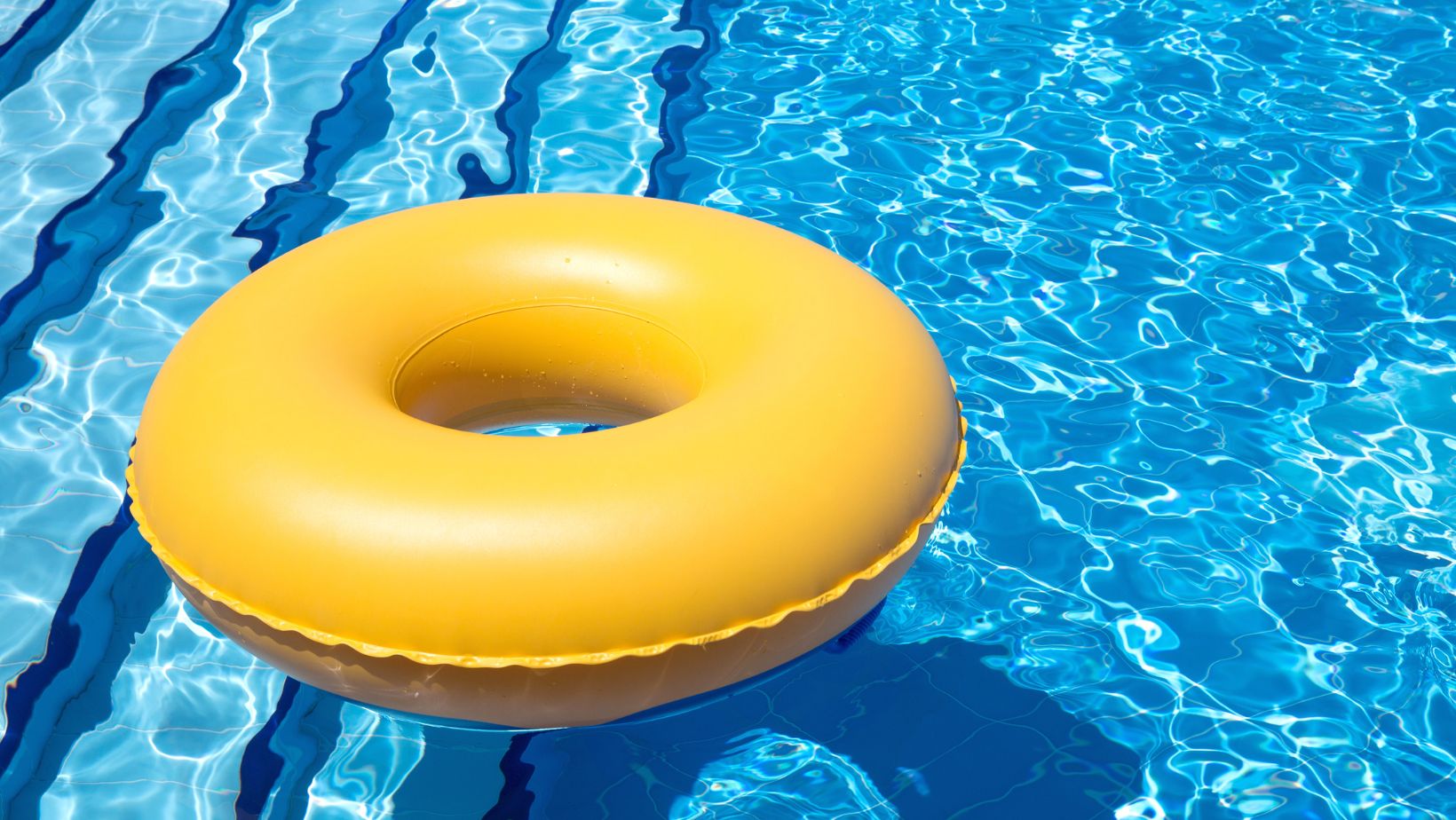The intricate network of pipes, valves, appliances, fixtures, drains, and vents composing your home’s plumbing system operates nonstop, delivering water essential for cooking, cleaning, waste removal, and daily living. While this behind-the-scenes infrastructure often gets taken for granted, understanding key components, preventative maintenance, warning signs of common problems, and basic do-it-yourself troubleshooting empowers homeowners to maximize system health, functionality, and lifespan.
Table of Contents
ToggleUnderstanding Your Home’s Plumbing
Your home’s plumbing system is a network of pipes, fixtures, and appliances that work together to deliver clean water and remove wastewater. It’s generally divided into two main parts:
- Water Supply System: This includes all components channeling pressurized water from the main utility line throughout your home—supply pipes, shutoff valves, fixtures, and appliances, using flow and pressure-regulating devices to allow control.
- Drainage System: Made up of drain lines, pipe joints, traps, vents, and public sewer connections evacuating wastewater from baths, sinks, toilets, etc, preventing backups while permitting proper ventilation.
Proper plumbing requires a balance between adequate water pressure supply for distribution and facilitating drainage without leakage or clogging.
Key System Components
Critical elements working in unison enabling plumbing operations:
- Pipes: Hollow tubes transport water to desired locations for usage while safely removing liquid/solid waste. Materials like copper, PEX, PVC, and steel interact based on temperature, pressure, and waste levels.
- Fixtures: Installed casements with controls enabling functional use of water access, including sinks, showers, tubs, and toilets. Finish and style vary by room décor.
- Appliances: Water-reliant tools like dishwashers, washing machines, and water heaters are connected via valves and hoses, draining wastewater through additional piping.
- Valves: Mechanical fittings controlling water supply initiation, cessation, and flow pressure/temperature – includes faucets, compression fittings, relief, and shutoff valves requiring occasional repair, replacing washers, seats, or seals over time.
- Traps: Curved pipes situated under sinks/fixtures holding water that prevents sewer gas entry while permitting waste passage.
- Vents: Vertical pipes running from the drainage system to the roof help air circulation, pressure balance, and waste flow. Prevents siphoning and evaporation within traps.
Types of Plumbing Pipes
Plumbing pipes come in various materials, each with its own advantages and disadvantages:
- Copper: Long-lasting, corrosion-resistant copper pipes suit potable water and drainage needs despite higher material costs. Used for decades until scale buildup erodes walls over time.
- Galvanized Steel: Early 20th-century piping for supply lines. Zinc coating resists initial corrosion, but eventual rusting and scale necessitate replacement. Iron particulates can also discolor flowing water from erosion.
- PVC: Polyvinyl chloride pipes’ lightweight, non-corrosive durability suits low-pressure drainage uses. Special glues bind sections suitable for variable temperature waste disposal applications.
- PEX: This flexible, inexpensive, freeze-damage-resistant crosslinked polyethylene (PEX) series suits many modern residential supply lines and radiant heating installations. It withstands scale better than copper.
Common Plumbing Problems and Repairs
Even robust plumbing systems experience familiar issues from wear or accidental damage over the years warranting repair:

- Clogged Drains: Kitchen sinks and bathtub drains clog with accumulated hair, soap residue, and food waste, slowly obstructing water paths. Disassemble pipes manually or use plunging tools, chemical drain cleaners, or wire snakes to remove obstructions.
- Leaky Faucets: Faucet washers and O-ring seals deteriorate over time, allowing water to seep from spouts and handles when shut. Replacing internal cartridges and worn washers/gaskets solves nuisance leaks economically.
- Running Toilets: Flapper valves seal tank water until flushes occasionally malfunction, staying partially open, letting water continuously enter bowls quietly. Swapping flappers restores proper tank refill sequences, stopping phantom flowing.
- Low Water Pressure: Internal supply line diameter reductions from corrosion, heavy scaling, or partial blockages hinder steady stream strength. Pipe interior clearing or full replacement remedies pressure.
- Water Heater Issues: Sediment buildup within tanks or heating element failures causes temperature and performance decline. Drain flushing or heating element replacement improves functionality.
Essential Plumbing Maintenance
Routinely inspecting and servicing components prevents costly breakdowns and extends longevity:
- Locate Main Shut-Offs: Always know the locations of shut-off valves controlling the home water supply from the main lines. This allows immediate emergency flow cessation in leak or burst scenarios before extensive flooding water damage occurs.
- Inspect pipes: Periodically check exposed pipe surfaces for leakage indicators like moisture, discoloration, or temperature changes. These need seal remediation before considerable water loss or waste infiltration occurs unseen within walls.
- Clean Aerators/Showerheads: Mineral deposits accumulate within faucet aerators and showerheads, blocking flow even if water pressure registers normally on gauges and cleaning restores full force.
- Avoid Harsh Chemicals: Caustic and chemical drain openers have damaged inner pipe surfaces and components over the years, accelerating failure. Mild vinegar, baking soda, and enzyme treatments work just as effectively.
- Schedule Professional Inspections: While savvy homeowners can address many basic issues, professional plumbers should formally inspect the entirety of supply lines, drainage, water heating systems, shut-off valves, etc., ensuring everything integrates optimally.
Knowing When to Call a Plumber
Attempting complex repairs risking substantial property damage requires hiring a professional plumber in Garland, for example, who will take a look at:
- Major Leaks: Sizeable supply pipe breaches behind walls necessitate immediate water shutoff and repipe handling, stemming extensive flooding and mold growth that affect foundational stability.
- Sewer Line Issues: Backed-up main wastewater drains produce sink overflows and foul odors requiring augers, high-pressure jetting, or pipe replacement to stop hazardous spills.
- Gas Leaks: Natural gas piping ruptures emit dangerous methane, detectable through noxious rotational egg smells, mandating immediate evacuation and gas company recalibration of the control valve.
- Complex Repairs: Whole-house replumbing, sewer ejection system installation, major fixture replacement, and electrical-tied appliance repairs exceed most homeowners’ skill and tool capacity despite online tutorials.
Tips for a Healthy Plumbing System
Adopt these proactive measures upholding plumbing performance:

- Install Water Softeners: Hard water mineral buildup within pipes eventually impedes steady flow and drainage over years if unchecked through whole-home or point-of-use water softeners.
- Insulate Exposed Piping: Uninsulated pipes allow internal water condensation to contact adjacent air temperatures, wasting money and energy. Insulating wrappings add protection.
- Use Drain Strainers. Strainers that catch hair or food debris minimize eventual drain clogs and backups, preventing costly visits to remedy extensive clogs. Routine cleaning is critical.
- Be Mindful of Waste: Avoid flushing anything other than human waste and toilet paper down toilets, as this can cause obstructions further down drainage lines.
- Educate Yourself: Reading DIY plumbing articles and watching tutorial videos teaches fundamental troubleshooting, allowing homeowners to tackle minor issues independently and save on simple service calls.
Conclusion
Homeowners should avoid plumbing ignorance and take proactive system maintenance measures to minimize problematic clogs, leaks, and erosion issues plaguing unmonitored dwellings. Catching minor leaks early and attempting basic unclogging procedures grants plumbing longevity bestowed through responsible care. Combining attentive self-inspections and regular professional examinations ensures your whole house plumbing functions admirably, delivering integral home water usage daily and preventing disastrous failure scenarios down the road.





